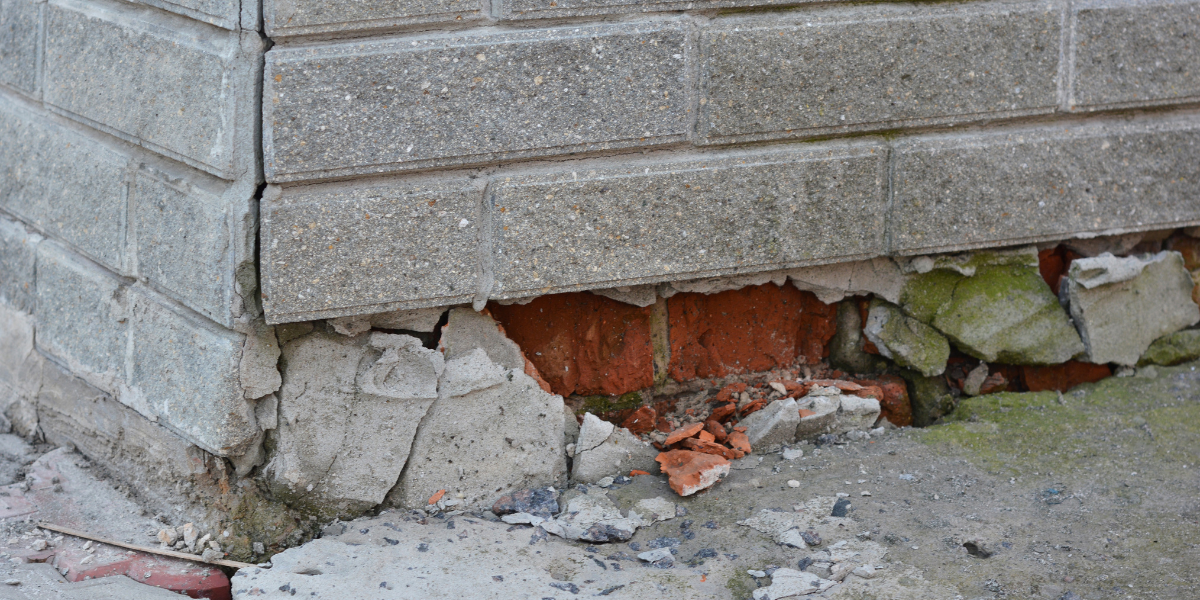
What is the Pelvic Floor?
Like the foundation of a house, the pelvic floor holds everything up—and even the smallest cracks can create big problems.
This complex network of muscles and tissues form a hammock-like structure at the base of the pelvis, spanning from your pubic bone to your tailbone.
Together, more than a dozen pelvic floor muscles play an integral role in maintaining stability, bladder and bowel function, and sexual wellness.
"We need these muscles in order to support the pelvic organs, but then also stabilize our spine, our hips and our pelvis," said Ashley Freedman, DPT, a pelvic floor physical therapist in Mesa, Arizona.
"We need the muscles to contract so we don't leak urine and stool, but we also need the muscles to lengthen and relax so we're able to empty our bladder and bowels and push during labor."
See Freedman's one-minute explanation of the pelvic floor in the video below.
Pelvic floor products can help you rebuild the foundation, whether you need to add strength or repair the issues that are causing pain and dysfunction. Vagercise is an authorized retailer of products including pelvic floor strengthening devices, pain management tools and resources for managing bladder leaks.
But before finding your solution, let's take a look at what the pelvic floor muscles are and how they function in your body on a daily basis.
What does the pelvic floor do?
The pelvic floor muscles have an important job description that includes:
- Supporting organs including your bladder, rectum, urethra, vagina, uterus, bowel and anus
- Connecting with muscles in your back, hips and abs to stabilize your spine and support your posture
- Contracting around the openings of the vagina, anus and urethra to prevent unwanted urine, feces and gas from escaping
- Relaxing to allow the passing of urine, feces and gas
- Contracting to create sexual arousal, sensation and orgasm
See a 3D animation of the pelvic floor in action in this video from the Continence Foundation of Australia.
Just like any other muscles in your body, the pelvic floor can't function properly if it's too weak, too tight (or both).
According to the National Institutes of Health, one in four American women have a pelvic floor disorder with symptoms including but not limited to:
- Urinary incontinence, including leaking urine with activities like sneezing or exercising (stress incontinence) or leaking on the way to the bathroom (urge incontinence)
- Fecal incontinence, the leaking of stool
- Pelvic organ prolapse, in which weakened muscles cause organs to descend into the vaginal canal, causing discomfort
- Vaginal pain with penetration during sex, medical exams or tampon use
- Vaginismus, or the muscles around the vaginal opening tightening or spasming during penetration
- Vulvodynia, including a burning or stinging pain felt in the vulva
- Lack of sensation during sex or weakened orgasm
Pelvic floor dysfunction causes and treatment
Pelvic floor weakness
Pelvic floor muscles can't do their job if they're too weak to prevent urine from escaping, contract to produce sufficient sexual sensation, or even simply hold your organs in place.
Pregnancy is often the starting point for pelvic floor weakness, as the muscles become stretched and strained over the course of nine months—regardless of how birth occurs—or damaged after a vaginal birth.
Pelvic floor muscles also weaken with age, especially as estrogen loss during menopause causes tissues to become thin and dry.
No matter where you are in life, it's not too late to strengthen your pelvic floor. Consider these products that can help you build muscle to improve issues like incontinence and prolapse:
- Gamified Kegel trainers that show your squeezes on-screen while guiding you through a pelvic floor workout
- Automatic Kegel trainers that use electrical stimulation to contract your muscles for you
- Kegel balls and Kegel weights that add resistance to your workout
- Red-light LED devices that revive and restore vaginal tissues
Pelvic floor pain and tightness
All muscles need time for both work and relaxation. Pelvic floor muscles that are always "on" become tight and dysfunctional, hindering your ability to use the bathroom, have intercourse and more.
Pelvic pain and tension can stem from life changes like childbirth and menopause, as well as many other causes ranging from gynecological conditions, trauma and illness.
These products help address pelvic pain:
- Vaginal dilators that gently stretch muscles in preparation for penetration
- Pelvic wands that release trigger points inside the vagina
- Sexual health products that add comfort by improving dryness or limiting penetration
- Red-light LED devices that soothe tissues and improve lubrication
Learn more about your floor
Vagercise is an independent, woman-owned retailer of pelvic floor products that accepts HSA/FSA payments and offer free shipping on orders over $99.
Want to learn more about solutions to pelvic floor problems like incontinence and pain? Check out more blog posts or contact us for personalized guidance at info@vagercise.com.

